The History of Wittnauer begins in New York in 1880 when their very first watches were produced by Albert Wittnauer. The brand was formally established in 1885, as the Wittnauer Company.

Albert had arrived in New York in 1872 and began working for his brother-in-law, Eugene Robert who was an importer of fine Swiss Watches.
Albert liked Swiss watches, but decided that he wanted to produce a brand that had the quality and reliability of a Swiss watch but was more affordable for the American public.
In the beginning Swiss movements from a variety of suppliers were used and the watches were assembled in the United States to keep costs down.
Quality at and Affordable Price
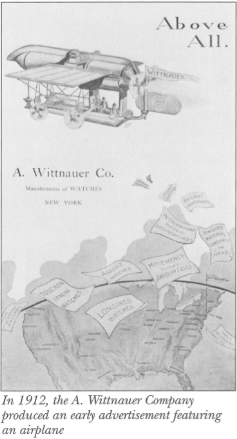
Wittnauer was known for providing quality affordable watches and instruments to the scientific and industrial community. They became involved with the US Navy during the early tests for aviation and navigation.
Horologist Marvin E. Whitney wrote: “No one company has been more involved in the design and production of so many different types of navigational timepieces and been involved in so many history making expeditions…”.[1]
Wittnauer continued to grow and prosper, becoming the exclusive agent for Longines products in America by 1885. Alberts’ two brothers, Louis and Emile, joined the company and ran it as a family business until the last of them passed away in 1915.
A large part of the American brand’s success in the aviation and exploration space involved the employment of John Heinmuller who left Switzerland and joined Wittnauer in 1912 as a twenty year old.
His influence, involvement, dedication and commitment to the aviation space cannot be overstated and earned him the nickname ‘Aero One’.
He personally knew many of aviation’s who’s who, developed and installed instruments, supported, timed and sort recognition for many of aviation’s early record breakers.
Martha Wittnauer and the All Proof

It was also at this time that the first woman CEO of a watch making company took the reins. Their sister Martha Wittnauer took over the company. With no formal training she would lead the brand for the next 20 years, through a world war and the great depression.
Wittnauer was there for Clarence Chamberlain and Charles Levine’s 1927 New York to Berlin flight, the first trans-polar flight (Admiral Byrd and Floyd Bennett), and of course Amelia Earhart’s Atlantic crossing in 1932.
Wittnauer instruments were trusted for their accuracy and reliability and were used on the planes during the War to end all Wars (WWI).
Wittnauer would go on to be a part of many firsts under Martha. With the help of Longines, they designed world renowned chronometers that were used in aviation and exploration.
It was under Martha that Wittnauer developed the “All-Proof” watch which was a marvel for its time. Water and shock proof, anti-magnetic, it was another first for Wittnauer and introduced in 1918 becoming a became a favourite for explorers and aviators alike.
Jimmy Mattern wore an All-Proof watch for his attempted round the world flight in 1933 and spoke highly of its timekeeping and performance in a letter to Wittnauer (below) after becoming lost in the wilderness. Neil Armstrong wore the exact same model on a Gemini 8 mission.
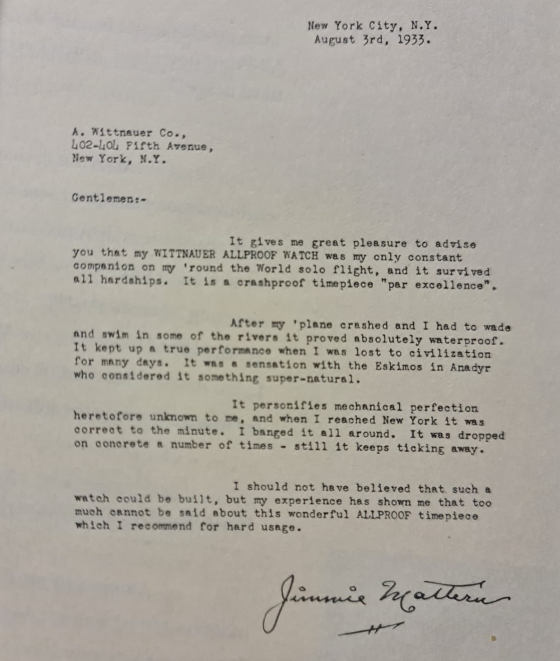
The Great Depression
The events of the Great Depression of October 1929 and the effect on Wittnauer and the watch industry cannot be overstated and were brutal. Sales of Longines watches slowed to a trickle, lower than at any point since the first formation of the A. Wittnauer Company in 1890 and the company teetered on the verge of bankruptcy. All sales of Longines watches up until mid 1935 carried only the Longines name branding.
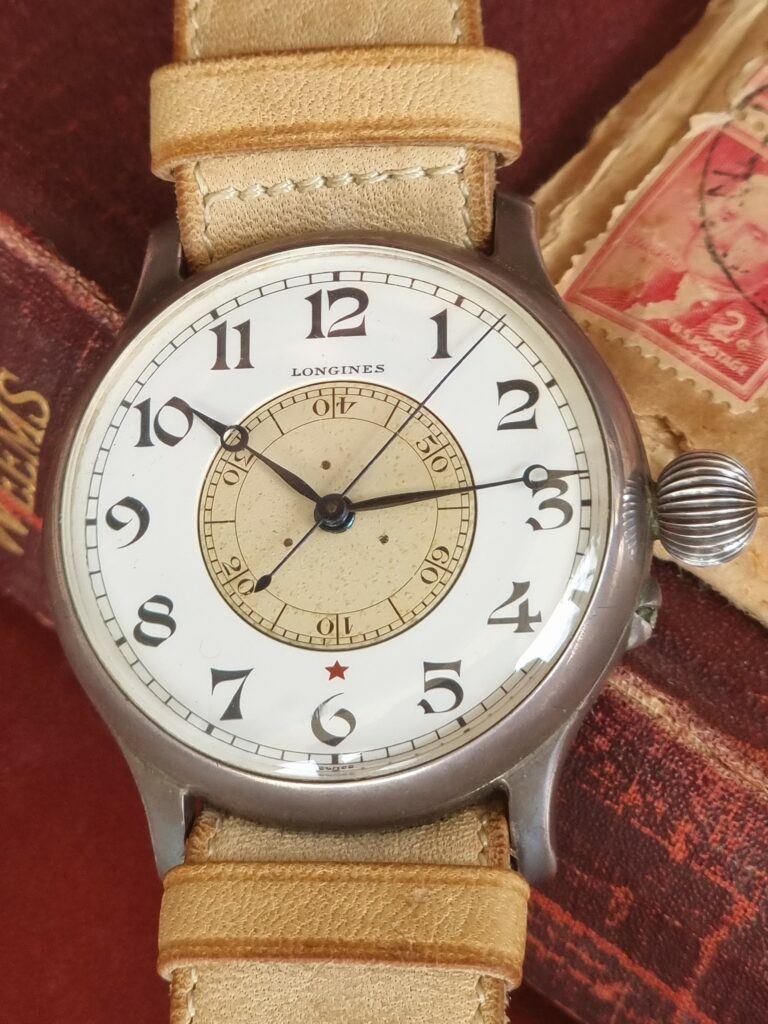
Despite the Hour-angle watch being patented in October 1931, out of 50 over known vintage archive records for the model, and watches being made in 1933 there are seemingly no known deliveries in America or elsewhere between November 1931 and May 1935. Today, the number of vintage Hour-angle survivors are small and just a handful of the earliest iteration remain.
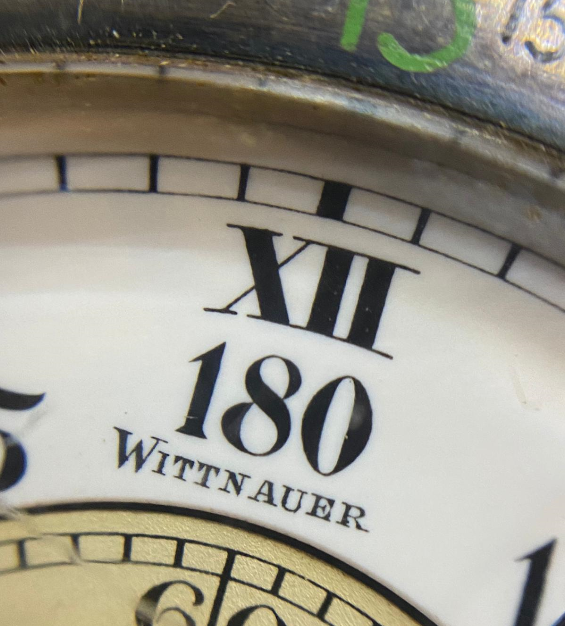
Longines records note delivery of a small handful of Lindbergh models with Wittnauer signed dials on May 10, 1935. It is highly likely these Hour-angle pieces were one of the very first double signed Longines Wittnauer watches. To date, whilst others were made and waiting to be discovered, just one Wittnauer signed Lindbergh piece has been seen by the author.

By mid 1935, both the Wittnauer and Longines names would be used on the dial of a handful of Lindbergh Hour-angles and all large Weems delivered to America. This may have been due to the discussions concerning the pending change of ownership in the lead up to the new Longines-Wittnauer company of 1936, or possible import tax law changes.
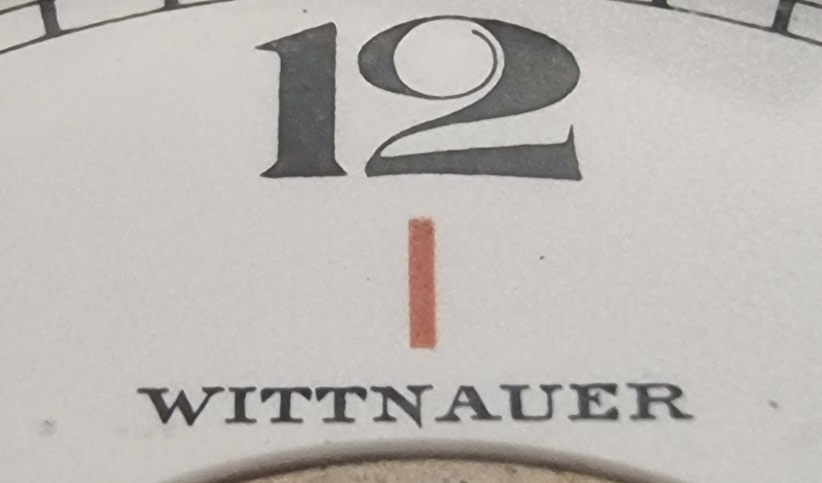
The Wittnauer logo would change three times over the next two years and would always appear at the top of the dial on Weems models pushing Longines to the 6 o’clock position. The second Wittnauer logo appeared July 1935, and was used in parallel with a third that appeared on some pieces in late 1937.
The Longines-Wittnauer Company
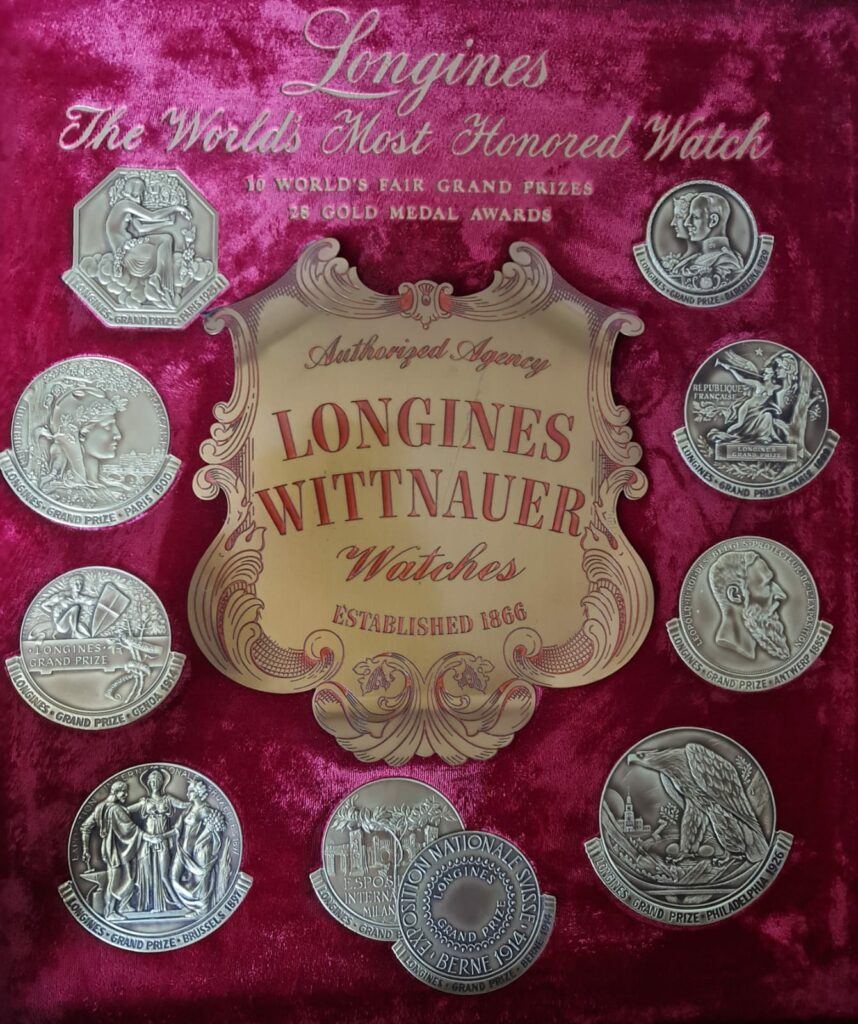
The financial distress of the Great Depression on Martha Wittnauer was complete and the business was sold the business to Hella Deltah Company, with the new entity being renamed Longines-Wittnauer. The same year would see John Heinmuller become the president of this new company.
With John Heinmuller at the helm, the new owners successfully grew the sales of Longines watches in America using
“The World’s most Honored watch” theme that had been first introduced in 1926. A few years later the Wittnauer US sales of Longines accounted for an incredible 80% of Longines global sales.
The Longines-Wittnauer Weems Model
The Weems model was pushed in the American market and the majority of Weems sold were delivered through Wittnauer, including those supplied to the Japanese Imperial Navy between September 1937 and June 1940.
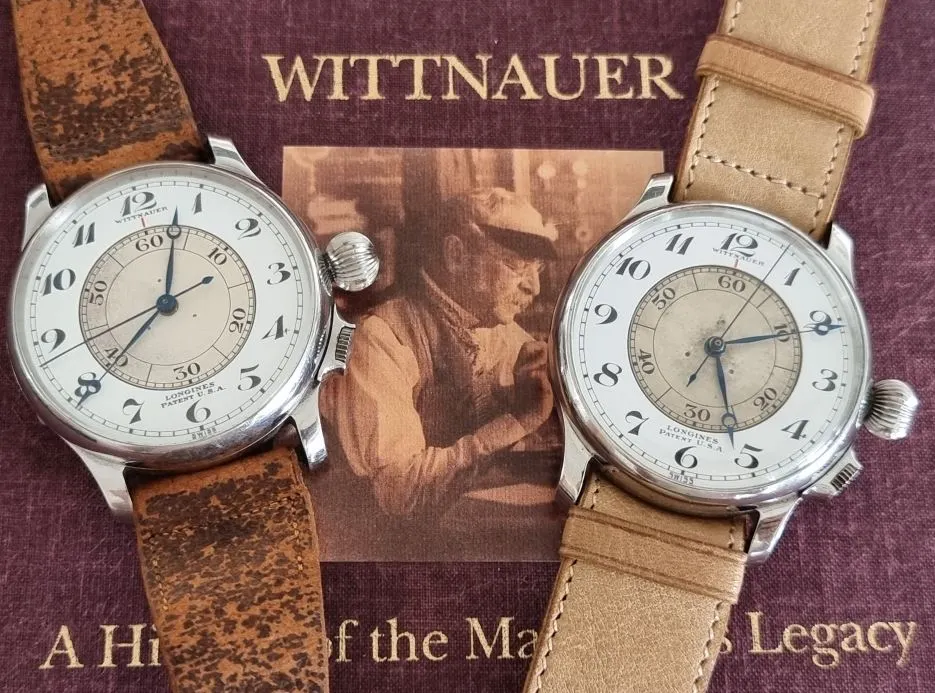
Their military took delivery of the large Weems models which had originally gone into American service with the designation Type A-3 in silver, steel and a small number regulated for sidereal time. Incredibly and paradoxically, these pieces were most likely used by Mitsuo Fuchida’s crews in the skies above Pearl Harbour in 1941.
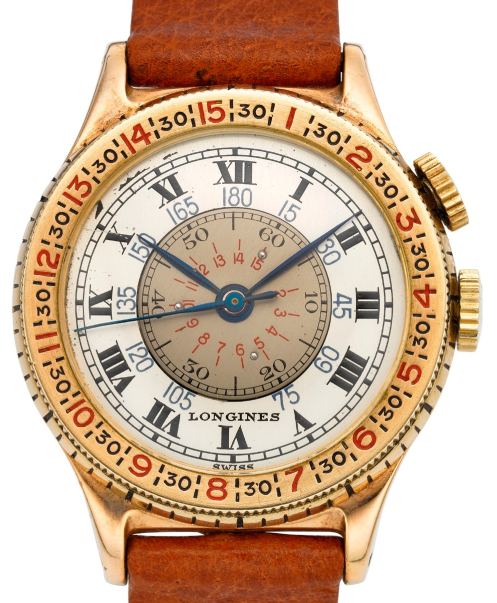
Lindbergh had been hired by the British and American military from 1936-1938 to report and inspect German airforce capabilities.
Tensions were building in the lead up to war and he was soon painted and tarred by Roosevelt forever as an anti-Semite, pro-German and anti-war.
The nation would forever be divided over his legacy and it indirectly added complexity to the sale of any large (and later small) Lindbergh watch by Wittnauer.
Steel Weems in the 33mm size also were also produced from 1936 on but only supplied as a complete watch from Switzerland without the Wittnauer dial branding.
Wittnauer also produced their own ‘baby’ Weems in 28mm looking almost identical to the Longines model with a locally made case.
The parts were not interchangeable with the Longines movement locally cased version.
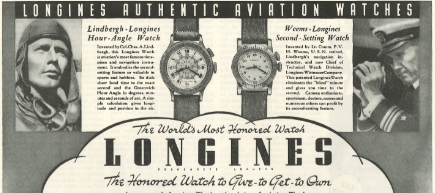
The smaller 33mm Lindbergh and baby 28mm Weems watches were also introduced into the US market in or about 1937/8 with only Longines branding in steel and goldfill cases for the Lindbergh.The baby Weems were made with a chrome, goldfill or a 14k contract US made cases along with the goldfill baby Lindbergh.
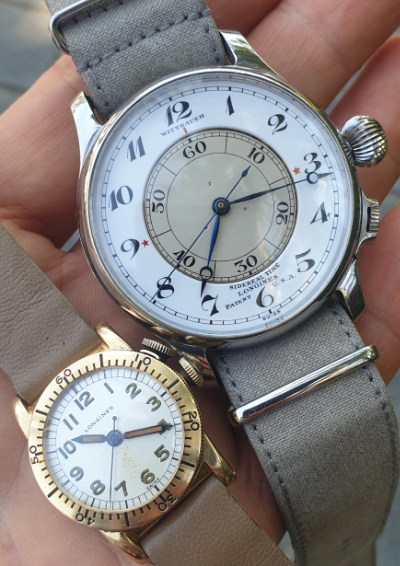
The author opines that given the rarity of traded pieces, that sales of the baby Lindberg were also challenged post 1938 in America and in subsequent years.
The case size of these smaller watches left little room for both brands on the dial. Longines movements imported into the US market were soon marked LXW.
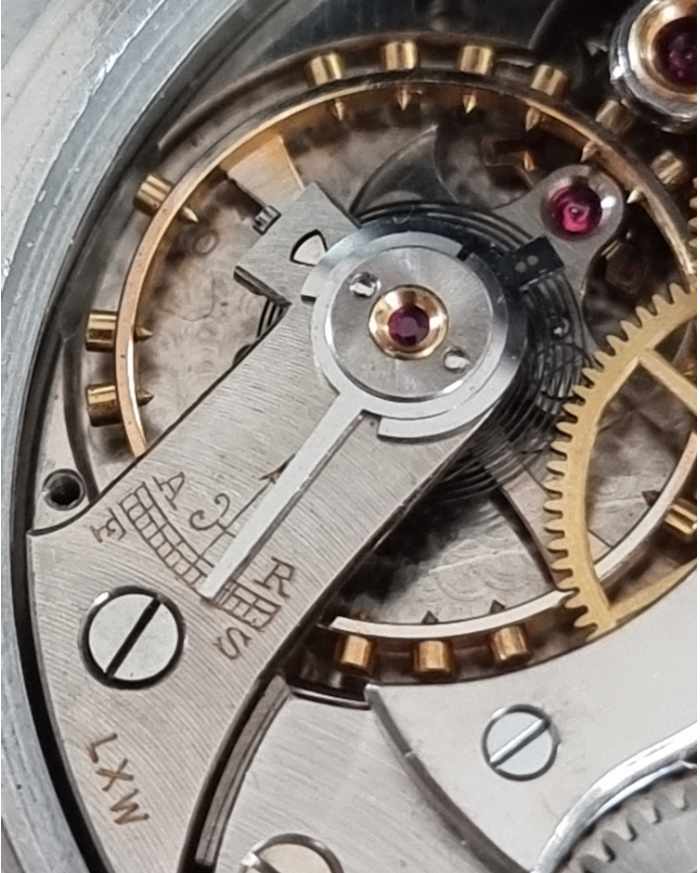
Movements imported into America under the new Longines-Wittnauer Company would see the notation LXW. This was not on the 1935 Wittnauer signed Lindbergh model and one surmises it was used in or about 1936.
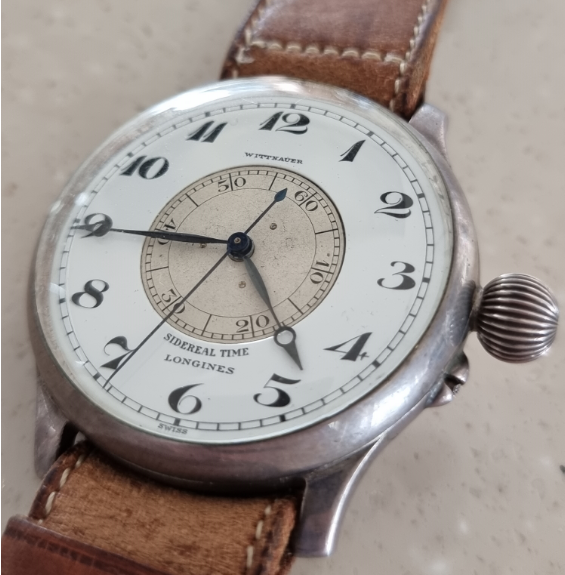
The Hour Angle Wittnauer
It is believed that there was only ever a handful of Hour-angle signed Wittnauer pieces, perhaps just a single delivery. These Lindberghs, the large American delivered Weems, from mid 1935, and some Longines aircraft calottes appear to be the only double or co-signed Longines with Wittnauer branding on the dial.
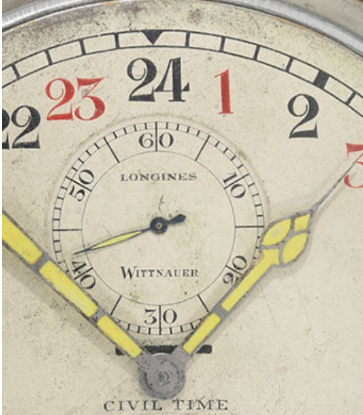
The company prospered and grew through the second world war when Wittnauer produced compasses, military watches, aircraft clocks and laboratory time pieces for the war effort.
Wittnauer was heavily involved in the production of these instruments during the war effort and domestic watch production suffered, against Swiss competitors.
To help offset this Wittnauer sourced Longines and a variety of Swiss movements and parts into the US and assembled them for the domestic market under their own or Longines brand names.
In more recent years there has been frequent company ownership changes including Westinghouse in 1969, Swatch Group in 1994 and Bulova in 2001.
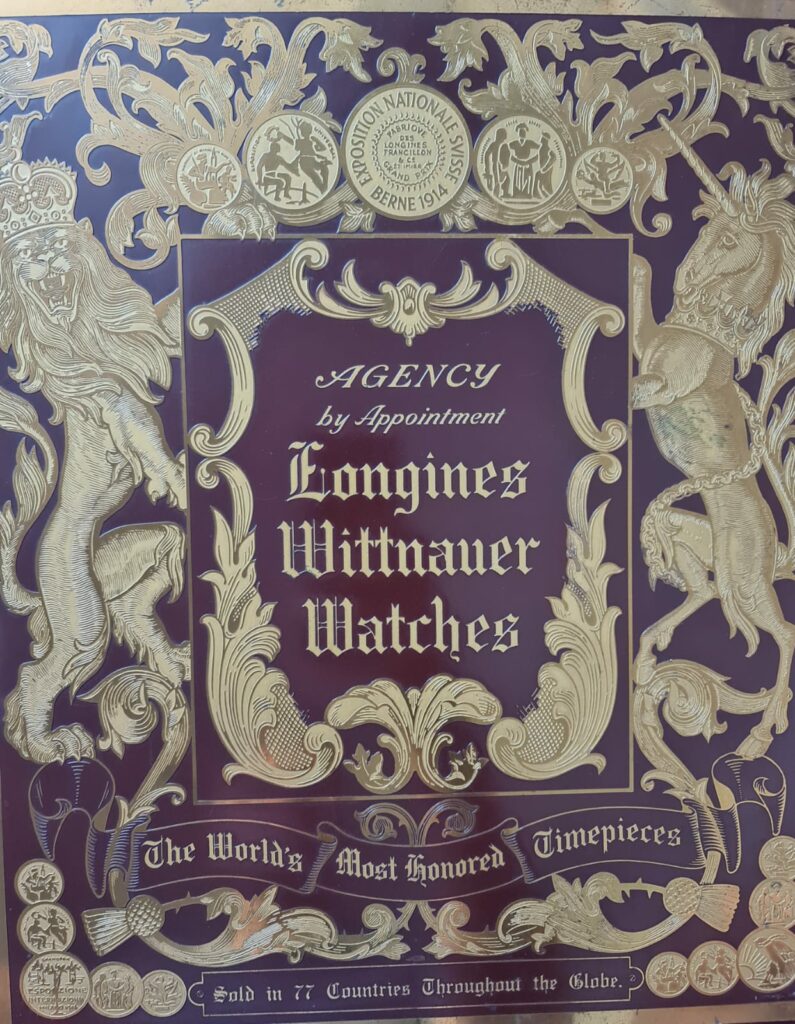
Footnotes
- Reyne Haines, Vintage Wristwatches, Krause Publications, 2010, ISBN 978-1-4402-0409-8, page 237.
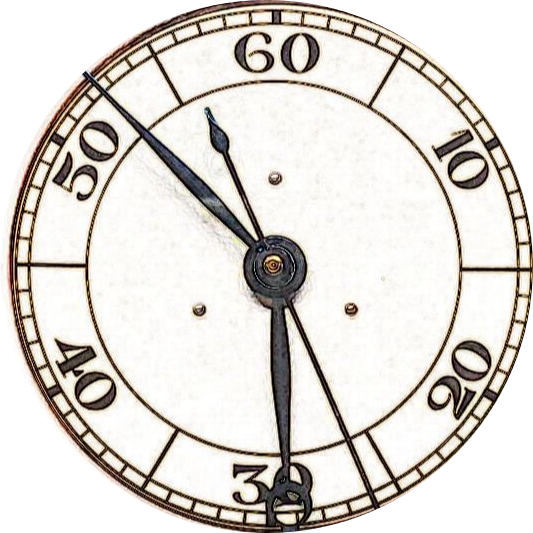
Salve, volevo chiedere un informazione riguardo al mio cronografo wittnauer da 38 mm Cal 71 valjou per cui 3 contatori tasti a pompa di grosse dimensioni orologio è waterproof interno del fondello.
Ho notato che il vetro non è in plexiglass ma minerale è possibile?
Grazie
G.battista
Greetings Micheli.. I am not an expert on this model and there will be some forums that might offer more insights. Keep smiling and all he best. Andy 😉